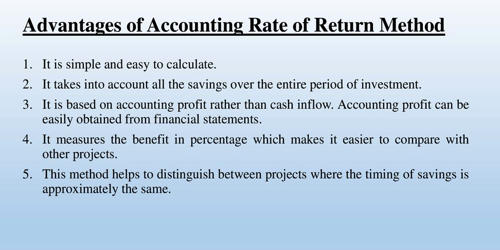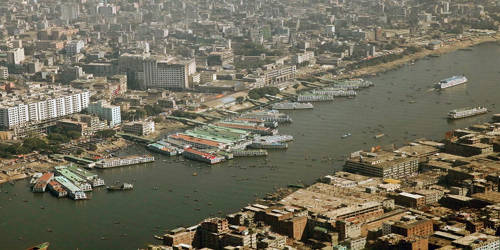Classification of Working Capital
Working Capital refers to a firm’s investment in short term assets-cash, short term securities, accounts receivable, and inventories. It can be categorized on basis of Concept (gross working capital and net working capital) and basis of time (Permanent/ fixed WC and temporary/variable WC). The two major components of Working Capital are Current Assets and Current Liabilities.
Working capital can be classified into the following types:
(1) Permanent or Fixed Working Capital
This capital is permanently locked up in the current assets to carry out the business smoothly.
Permanent working capital represents the current assets required on a continuing basis over the entire year. This investment in current assets is of a permanent nature and will increase as the size of the business expands. A fixed amount of current assets are required to operate the business. It is that minimum amount which is absolutely essential throughout the year on a continuous basis for maintaining the circulation of current assets. Every business organization must maintain minimum current assets to ensure the effective utilization of fixed facilities and for maintaining the circulating of current assets.
Thus, the minimum level of current assets is called permanent or fixed working capital. Minimum cash is required for making payment of wages, salaries, and other expenses; minimum stock is required to maintain regular supplies and minimum investment in debtors is essential on account of credit sales according to the period of credit allowed to the customers. Permanent working capital or fixed working capital consists of minimum stock, minimum cash and bank balance, and minimum other current assets. Generally, permanent working capital is financed by long-term sources of funds.
Characteristics of permanent working capital:
- The size of permanent working capital grows with the growth of the business.
- It keeps on changing its form from one current asset to another.
- As long as the firm is a going concern, working capital cannot be substantially reduced.
(2) Temporary or Variable Working Capital
Temporary working capital represents additional current assets required during the operation of the year. It requires changes with the increase or decrease in the volume of production or business. It is the extra working capital needed to support the changing production and sales activities of the firm. Any excess amount of working capital over the permanent working capital is called temporary working capital. It is required to meet seasonal demands and contingencies. Compared to gross working capital, net working capital is considered more relevant for effective working capital financing and management.
Temporary working capital is fluctuating, sometimes decreasing and sometimes increasing. Generally, temporary working capital is financed from short term sources of funds.
















